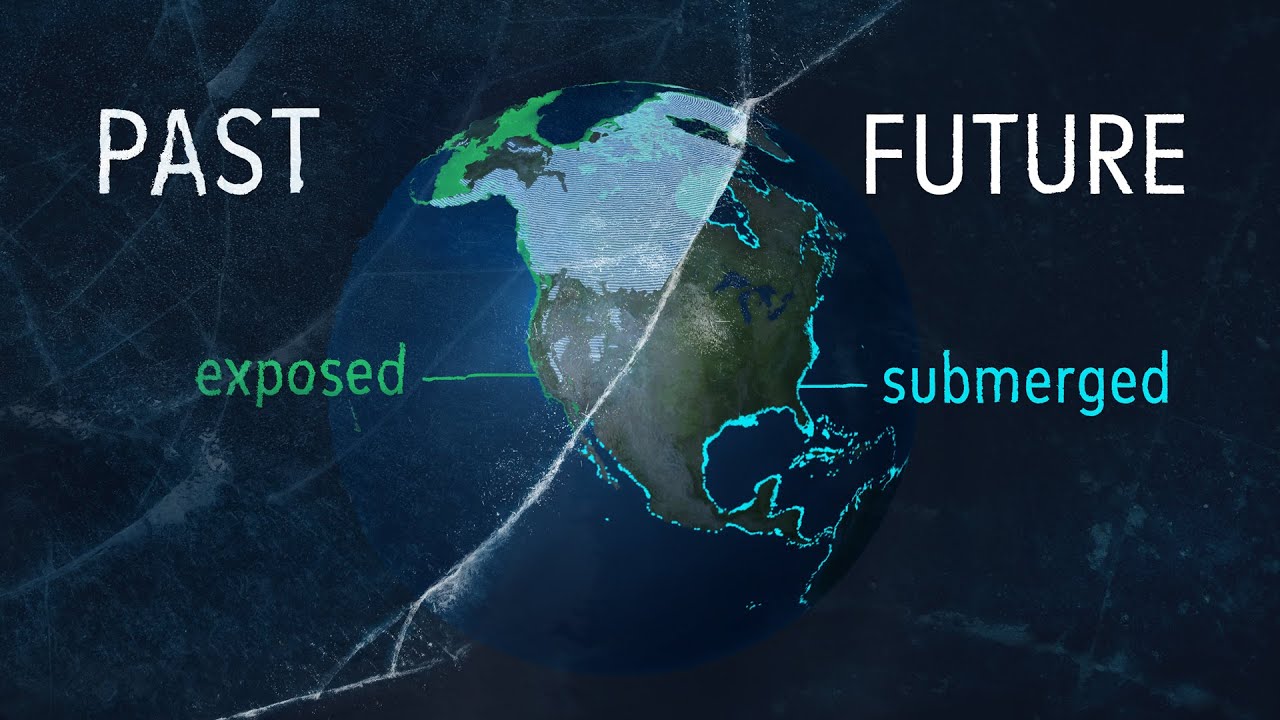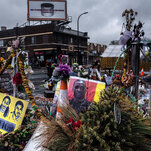The Creation & Restoration of Notre-Dame Cathedral, Animated
With The Hunchback of Notre-Dame, Victor Hugo intended less to tell a story than to mount a defense of Gothic architecture, which in the early 19th century was being demolished in cities all across France. The book‘s original purpose is more clearly reflected by its original title, Notre-Dame de Paris. 1482, and the titular medieval cathedral’s importance to the capital for nearly two centuries now owes a great deal to the novelist’s advocacy. Hugo would no doubt be pleased by the effort that has gone into preserving Notre-Dame into the 21st century, share in the feelings of devastation that followed the fire of April 2019, and admire the spirit that motivated commencement of the restoration work immediately thereafter.
Or rather, the commencement of the stabilization work immediately thereafter: given the extent of the damage, the then-674-year-old structure had first to be made safe to restore. The AFP News Agency video above explains and visualizes that process, a complex and difficult one in itself. The first priority was to protect the exposed areas of the cathedral from the elements and shore up their flying buttresses (a signature structural element of Gothic architecture) to prevent collapse.
Melted together by the fire, sections of scaffolding that had been set up for previous restoration work also posed considerable difficulties to remove without harming the building. As for the rubble heaped inside, sorting through it required conducting a 3D scan, then bringing in remote-controlled robots and a team of archaeologists.
“I saw the disaster unfolding before me,” says one such archaeologist, Olivier Puaux, in the Radio France Internationale video just above. “It was so sad that I went home before the spire fell.” But just a month later he returned to work on the ambitious restoration project, several of whose workers appear to share their experience with its challenges, dangers, and perhaps unexpected learning opportunities. Removing and sorting through all the fallen wood, stone, and other materials — some of which came through the blaze in re-usable condition — has provided new insights into the cathedral’s construction. Even its very nails, says Puaux, turn out on close inspection to be “very large, very well forged.” As distressed as Victor Hugo may have felt about Notre-Dame’s future, its original builders were surely confident that they were creating a survivor.
Related Content:
How Digital Scans of Notre Dame Can Help Architects Rebuild the Burned Cathedral
A Virtual Time-Lapse Recreation of the Building of Notre Dame (1160)
Notre Dame Captured in an Early Photograph, 1838
Take an Aerial Tour of Medieval Paris
Based in Seoul, Colin Marshall writes and broadcasts on cities, language, and culture. His projects include the Substack newsletter Books on Cities, the book The Stateless City: a Walk through 21st-Century Los Angeles and the video series The City in Cinema. Follow him on Twitter at @colinmarshall or on Facebook.
The Creation & Restoration of Notre-Dame Cathedral, Animated is a post from: Open Culture. Follow us on Facebook and Twitter, or get our Daily Email. And don’t miss our big collections of Free Online Courses, Free Online Movies, Free eBooks, Free Audio Books, Free Foreign Language Lessons, and MOOCs.
, With The Hunchback of Notre-Dame, Victor Hugo intended less to tell a story than to mount a defense of Gothic architecture, which in the early 19th century was being demolished in cities all across France. The book‘s original purpose is more clearly reflected by its original title, Notre-Dame de Paris. 1482, and the titular medieval cathedral’s
The Creation & Restoration of Notre-Dame Cathedral, Animated is a post from: Open Culture. Follow us on Facebook and Twitter, or get our Daily Email. And don’t miss our big collections of Free Online Courses, Free Online Movies, Free eBooks, Free Audio Books, Free Foreign Language Lessons, and MOOCs.














